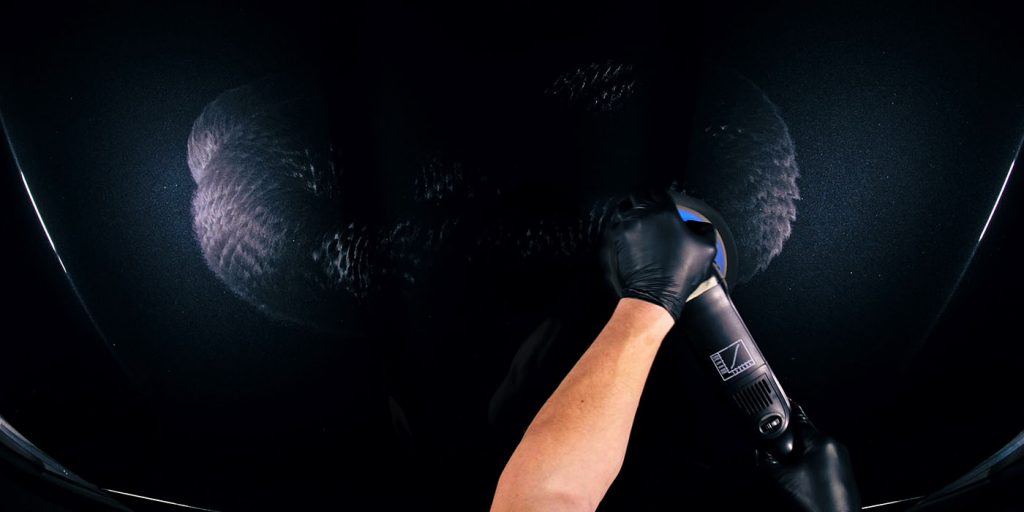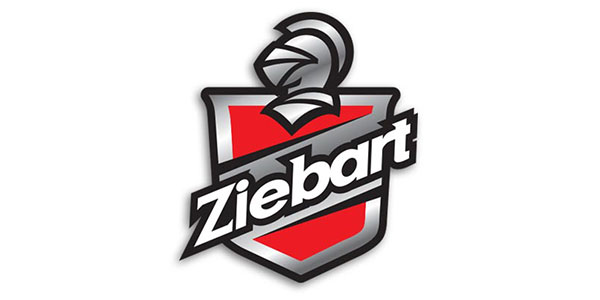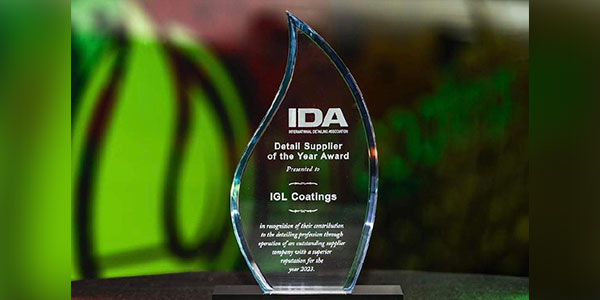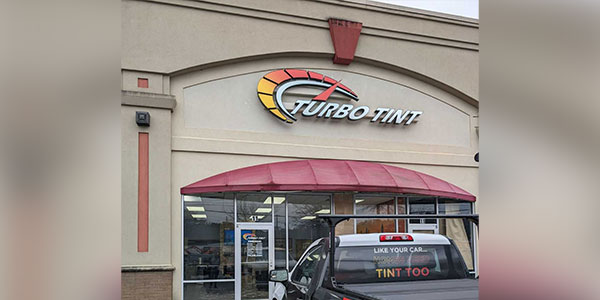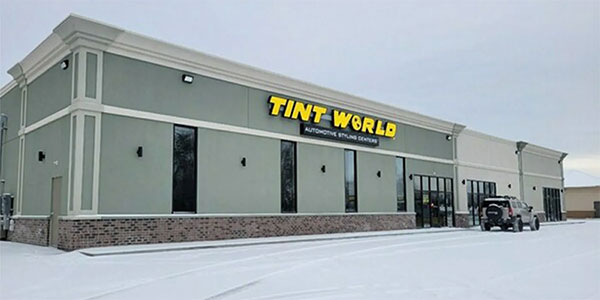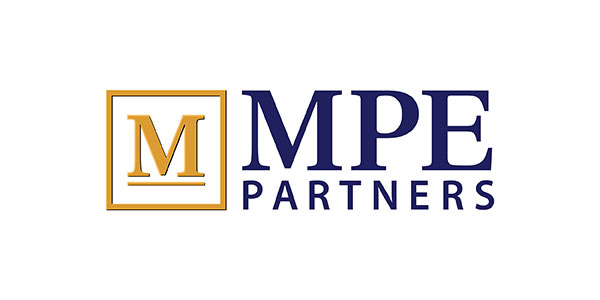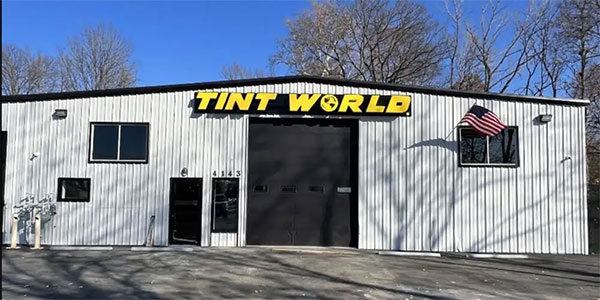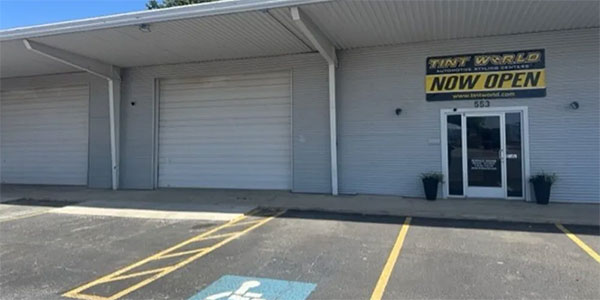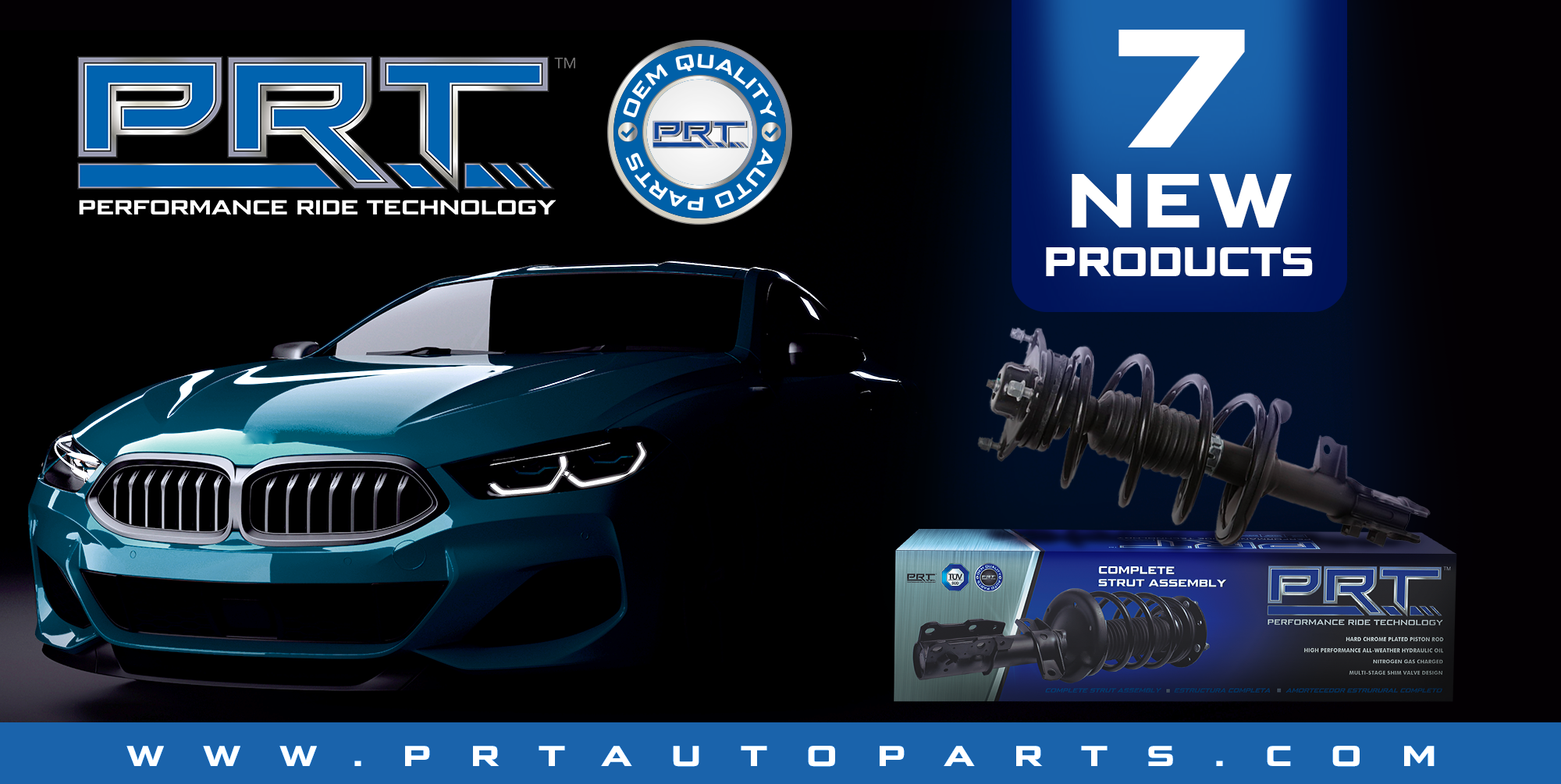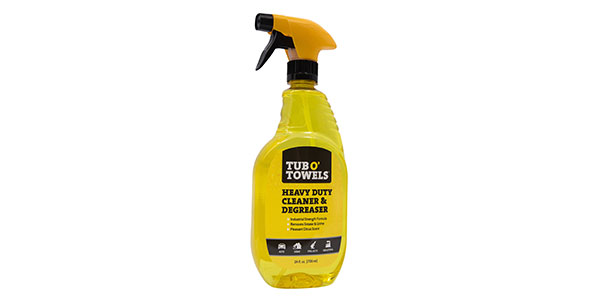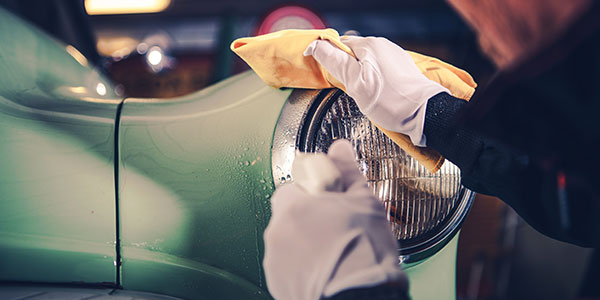Having the correct materials and processes applied to the detailing job is critical for a shop to maximize profitability. Because there are many paint conditions, having a system to correctly identify the surface, materials needed and required equipment is essential for detail shops to have robust paint correction processes.
Both of us started our careers in this industry in the trenches as detailers, feeding our families with the profits of our businesses. Although our businesses were started over 30 years apart and on different coasts of our beautiful country, profits were very important. We have both experienced “that detail” we just didn’t make any money on, and we are sure you have too.
To help you create a system with paint correction that helps eliminate those jobs, we will go over the current 4Ps of paint correction and add the always asked for fifth P of paint correction.
True paint correction
First, let’s quickly identify what true paint correction is, what it is designed to correct and how to make sure a painted surface — or other desired surfaces — is prepped correctly. Paint correction is a process that has been developed to address difficult surface conditions like oxidation, scratches, swirl marks, holograms, acid rain or other environmental contaminants.
Generally, this process includes compounds with various abrasiveness, pads and polishing equipment with different ranges of motion. The results from this true paint correction are permanent fixes to the surfaces and ensure that the previous damage will not return over time. Also, some level of protection should always be added to the surface after your hard work is completed.
Related: 3 critical paint chip repair questions
Before starting the paint correction process, it is important that the surface is prepped correctly. Start with a clean, smooth surface to avoid working over the top of any contaminants. To do this, clean the surface with soap and water, then clay the surface when applicable (i.e. painted surfaces).
Next, determine the condition of the surface you’re going to work on, because you may not want to use a compound when a polish may be all that is needed. This evaluation is important, as you will need to use it to set expectations for your clients as well as determine how much work will need to be done to achieve those expectations. Price your work accordingly.
Here are some general rules to follow:
- If new or used paint has superficial to light scratches and/or surface contaminants, use a light polish and polishing pad. This should be accomplished in one step.
- If new or used paint has light to medium scratches, oxidations and/or surface contaminants, use a medium cut compound and medium cut pad. This task should be accomplished in one or two steps.
- If used paint has heavy scratches, spotting, 1,200 to 2,000 grit sandpaper marks and/or surface contaminants, use a heavy cut compound and pads. The number of steps will vary widely based on desired results, skill levels and which tools, products and pads are selected.
- Set your customer’s expectations based on expected budget and for results.
While you should follow the manufacturer’s instructions, there are several things to consider to achieve successful results. This is where understanding your experience and skill level will come in, which will keep you from causing damage to a painted surface.
P1: Person
The person represents the first P to paint correction, and everyone is different — our skill levels, our preferences, our understanding of the painted surfaces and our understanding of the imperfections we are correcting. Knowing your and your employee’s level of experience and the vehicle’s paint condition are very important.
Do not attempt to repair a painted surface if you are not familiar with the degree of damage or don’t have the required skill level. Always start with a less aggressive process to see what can be achieved before moving up to using a compound.
Remember, burning the paint on a customer’s vehicle will result in extremely costly repairs and affect your profitability. The same can be said if more steps or time are necessary to accomplish the desired outcome.
P2: Product
The product used to fix, repair or enhance the paint condition you are working on is just as important as the other Ps. Using the wrong product for the paint condition you’re working on can cause severe damage if used incorrectly.
The product must match the skill level of the person, the desired results for the job to be profitable, as well as the equipment and the pads being used. There are four product categories to choose from: compounds, polishes, glazes and protectants. Selecting the right product is key to getting the correct results.
Compounds have many different abrasive levels to help remove defects at all levels. Polishes are designed to give you a beautiful gloss and depth of color that should be locked in with a protectant. Glazes are designed to have some correction capabilities. Glazes are used mostly to work on single-stage oxidized surfaces. Protectants should be used to protect the painted surface once you have corrected the painted area. These can be anything from waxes, paint sealants, coatings, etc. These, again, will be determined by skill level and application.
Using the wrong product for the paint condition you are trying to correct can cause more damage to the surface. Remember to match the right pad to the product. Also, it is important to note that when dealing with a matte or flat finish, contact the vehicle manufacturer for recommended products and procedures.
P3: Pads
Pads are one of the instruments used to repair the painted surface. They must be carefully chosen to match the painted surface along with the correct tool’s range of motion. Pads come in three different styles of materials: foam, wool, and microfiber and synthetic materials. Each style of material has its own variations that will allow you to achieve different results with each family of pads.
These style variations include: cutting pads designed for scratch removal, polishing pads designed for jeweling and polishing the surface, and finishing pads that should be used for protectant applications. Make sure to partner the appropriate pad, product and equipment to ensure paint correction results that will match your customer’s expectations with fewer steps and will help your correction of the painted surface and profitability of the job. A note of caution: Pads — when used incorrectly with the wrong equipment, wrong product and an inexperienced operator — can result in severe damage.
P4: Polisher
There are three type of tools with different ranges of motions used in paint correction. The rotary, dual action (DA)-random orbital and dual action-forced rotation. These now come in several different sizes. Rotaries and DAs can range from 7 inches down to 1 inch or even less with custom modifications. Different sizes are a great benefit, depending on the area you are working on. The type you use will vary based on skill level, experience and budget. Taking these into consideration will ensure customer
satisfaction and increase profitability.
A rotary machine is the most invasive on the surface and will give you the quickest defect removal. If you do not have experience with a rotary, you should use a DA polisher, as the rotary has the highest risks for burn through and creating swirls with many of the more aggressive pads and products that will need to be followed up with in additional steps. The speed of a correction with a rotary can be beneficial in the right person’s hands, but it can also be extremely costly in the wrong person’s hands.
The DA polishers will not leave swirls or holograms in the painted surface when using the correct pads and products, and you can now do scratch removals with these tools because of the new pads and products out on the market today. Additionally, with the right pad and product selection for the painted surface, many times a single step of paint correction can produce a result that will help you achieve the greatest profit while also achieving the customer’s expectations. You should always try to finish your paint correction with a DA to ensure a swirl-free finish. And remember: Practice, practice, practice.
P5: Paper
Everyone is always asking about sanding vehicles to achieve the perfect paint finish. Although sanding can be a very easy skill to learn, we do not suggest sanding on every job. While the volume of clear-coat that can be removed in a very short period does allow for the fastest defect removal, it could put a vehicle’s finish in a very dangerous situation for its future and creates the need for multiple steps of correction to be done after the sanding.
The more steps to complete your correction, the more the customer needs to be willing to pay for the services provided, so that you still have a profitable job. Also, removing a large amount of clear-coat will allow you to remove any scratches that did not completely break through the clear-coat into the base coat, but it also means that you will have very little clear-coat left to protect the vehicle’s surface from future scratches and UV damage.
This creates a situation where the owner of the vehicle needs to know of the condition of his or her remaining clear-coat. This is the same issue with orange peel removal. OEM manufacturers initially put orange peel on vehicles to help with hiding defects in the substrates the vehicles are made of and to help reduce UV damage to the painted surface of the vehicle. If sanding is needed, remember that you will need either multiple steps of sanding to reduce marks to a level that a polish can remove them or multiple steps of compounding and polishing to remove the marks to a desired finish and gloss. These steps create areas for lost profits if not done efficiently.
Paint correction is an art that requires training and should not be done by just anyone. Understanding the paint condition and your refinishing options can take time, but it will allow you to achieve consistent, quality results. Practicing and/or teaching will help speed up this process and can make your process more efficient and profitable.
Steve Winfield, IDA CD-SV, RT, is an Auto Magic senior application field engineer with over 40 years’ experience in the detailing industry. Tyler Cucchi, CD-SV, RT, is an Auto Magic zone manager and has over 10 years’ experience in the industry.

